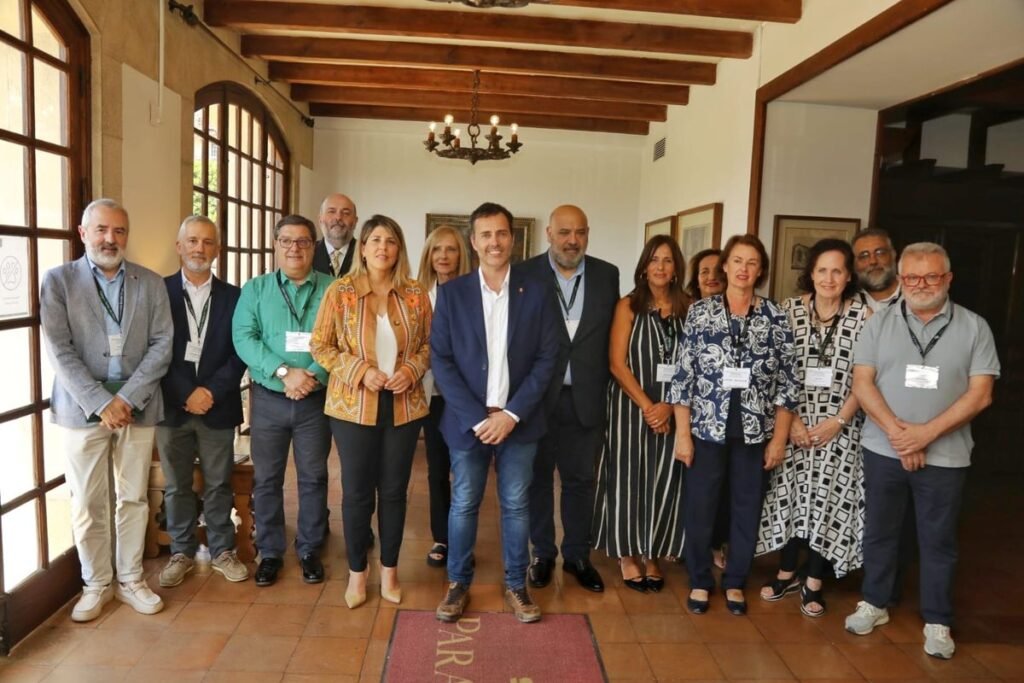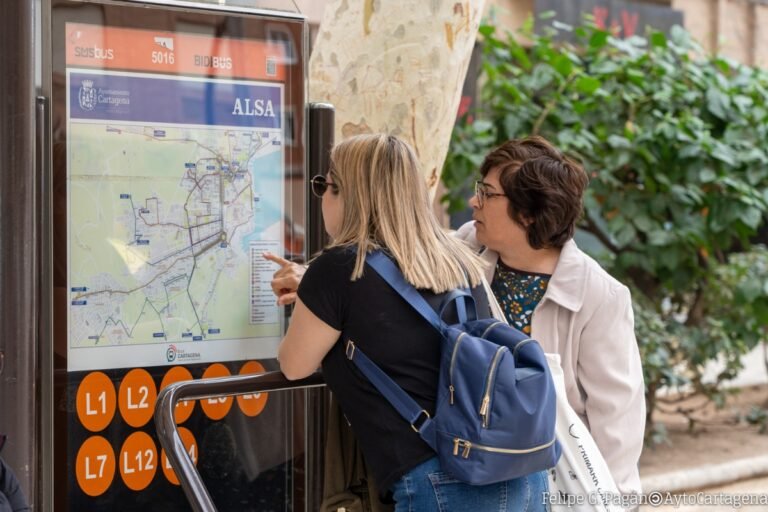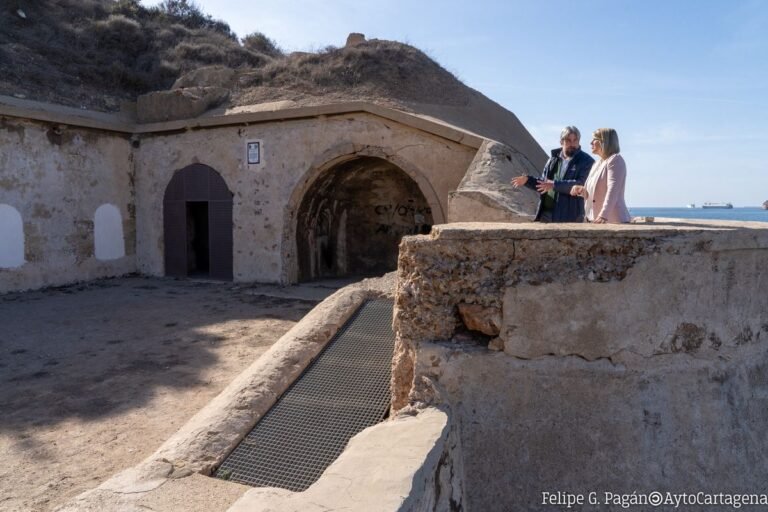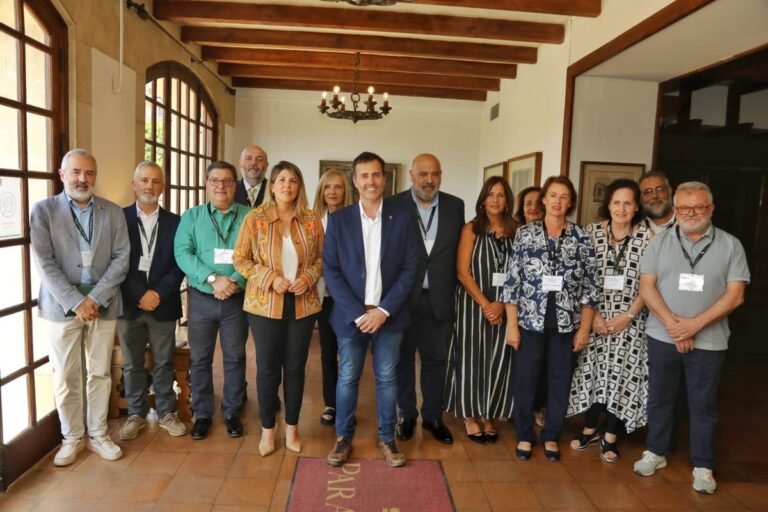
The mayor attended the meeting held in Tortosa on Monday to coordinate strategies and develop a joint candidacy to be recognized as World Heritage by the United Nations organization.
Monday, June 16, 2025 �|� Viewed: 166 times
�|�
Audio
�|�
Printable Version
Cartagena has reinforced its participation in the network of fortified cities of the Mediterranean this week in Tortosa, agreeing to submit a joint candidacy to the UNESCO Indicative List in September this year. Additionally, they have decided to form the Association of Hispanic Mediterranean Itinerary Municipalities and work towards obtaining recognition as a European Cultural Itinerary by the Council of Europe.
�
The meeting, held within the First International Conference on Hispanic Fortified Cities and Sites, brought together institutional representatives and experts from six countries: Spain, France, Italy, Malta, Tunisia, and Algeria. Cartagena was represented by the mayor, Noelia Arroyo, the Heritage Councilor, Pablo Braquehais, and the archaeologist, José Antonio Martínez López, a member of the network’s scientific committee.
�
Arroyo explained that the project will focus on Hispanic fortifications built between the 16th and 18th centuries. The first step will be to develop a conceptual proposal defining the historical and heritage criteria of the defensive system, to be submitted to the Ministry of Culture in September for inclusion in the Indicative List, a prerequisite for declaration as World Heritage.
�
In parallel, they agreed to establish a permanent association of municipalities, inspired by models like Ibiza or Portugal, which bring together historic cities around common cultural projects. This new entity will facilitate coordination, resource sharing, and joint funding avenues.
�
Another strategic focus will be to seek recognition as a European Cultural Itinerary by the Council of Europe, requiring the involvement of at least three countries. Participants agreed to initiate discussions with Malta, Algeria, and other Mediterranean states with cooperation agreements with Europe. The proposal will be submitted to the European Institute of Cultural Routes in March 2026.
�
The mayor emphasized the need to establish a stable technical and scientific structure to support the process. The formation of a technical secretariat and a scientific-technical committee is planned to coordinate the research, documentation, and drafting required for the dual candidacy.
�
Arroyo stressed that «it’s not just about obtaining recognition, but about activating an international cooperation strategy among cities that share a common legacy, with the goal of preserving, disseminating, and generating cultural, academic, and economic opportunities.»
�
Cartagena participates in this project due to its heritage significance: it boasts over 400 cataloged defensive elements, including castles, batteries, watchtowers, military roads, and barracks. «We have restored the Fort of Navidad and the Castle of la Concepción as interpretation centers; we are working on the recovery of the San Leandro Battery, and we have plans to transform the Fajardo Battery into a heritage-linked hotel,» detailed the mayor.
�
Arroyo argued that initiatives like this «allow us to internationally showcase our defensive legacy, create synergies, and explore new forms of institutional and private collaboration for its preservation and utilization.»
�
«The fortified heritage of the Mediterranean holds an undisputed historical value and can become a common European asset. Cartagena is committed to contributing experience, resources, and an evolving management model to this network,» concluded Arroyo.
Return to the list
�





